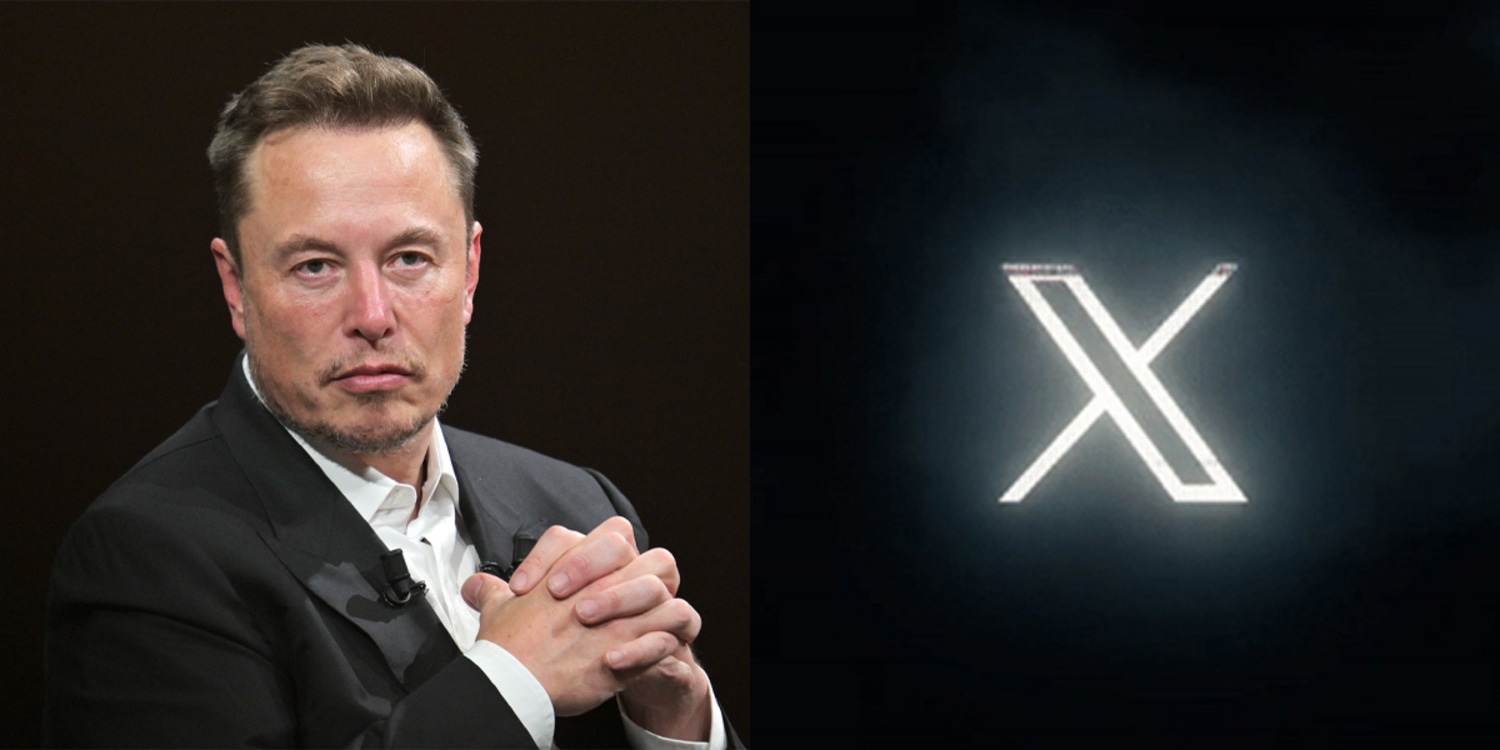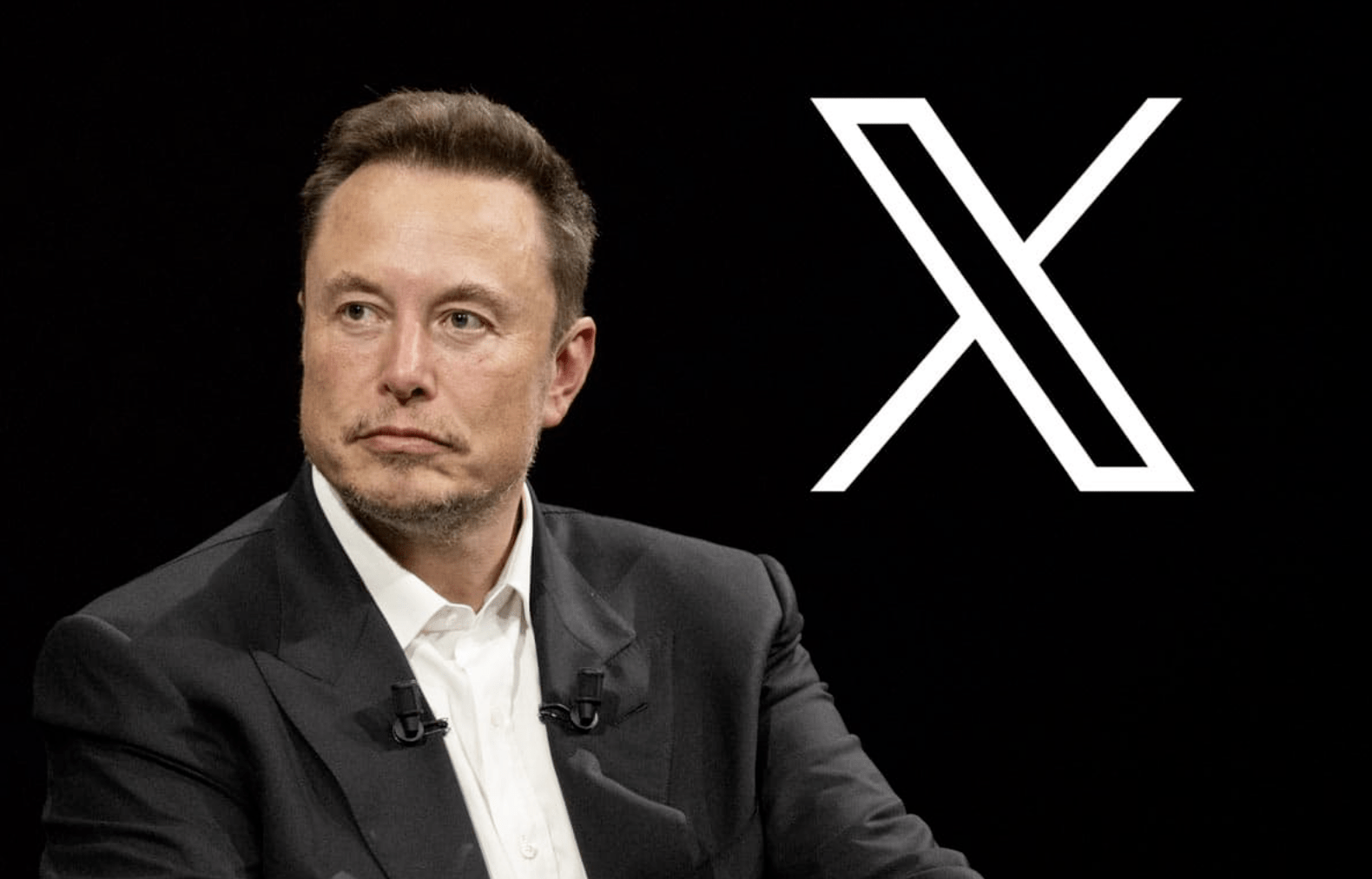
Only Elon Musk could acquire a declining social media platform, fire half the company, strip it of its name, rebrand it with a single letter, terrify advertisers, alienate half the internet, and still somehow convince the world it’s now worth over $100 billion. But that is exactly what he has done. And whether you see him as a genius or a chaos merchant, the outcome is undeniable.
What was once known as Twitter is now officially “X,” a name that sounds more like a classified military project than a digital town square. What began as a tweetstorm of mass layoffs, controversial moderation changes, and a rushed rebranding has, somehow, evolved into something far more formidable: a new kind of digital empire. Musk didn’t just buy X.
He broke it apart, rebuilt it, and now he’s merging it with his artificial intelligence venture xAI in a deal that pushes both companies into a realm few predicted they’d reach so soon.
The story began in 2022 when Musk finalized his $44 billion purchase of the company formerly known as Twitter. At the time, many observers saw the move as either a vanity project or an impulsive dive into the culture wars.
Shortly after taking control, Musk gutted the executive team, laid off thousands of employees, and rolled back longstanding policies on content and verification. Predictably, ad revenue dropped, corporate partners pulled out, and the platform’s valuation reportedly dipped as low as $8 billion at one point.

But Musk never bets on the short-term. He plays a longer, stranger game. By 2023, the Twitter name was dead, replaced by the stark, abstract letter X—a branding decision that baffled some and electrified others.
Musk positioned X not as a social media platform but as the starting point for an “everything app,” a super-platform modeled loosely on China’s WeChat but turbocharged with generative AI, video streaming, financial services, and real-time news.
Now, in 2024, the next phase of that vision is unfolding. Musk has officially merged xAI, his artificial intelligence company founded to develop “truth-maximizing” models, with X. The two companies will operate under a single roof, with data from X fueling xAI’s models and xAI’s tools enhancing the user experience on X. It’s a feedback loop between user input and algorithmic refinement, one that few other companies can replicate at scale.
And the result? Investors are suddenly paying attention again. The combined valuation of X and xAI is now being floated at over $100 billion. That’s more than double what Musk paid for the original company and more than ten times what it was rumored to be worth at its lowest point post-acquisition.
Debt originally tied to the purchase—once deemed nearly unsellable—has now been restructured and is being offloaded at favorable rates. Wall Street may still be skeptical of Musk’s style, but they love the numbers.

How did this happen?
First, Musk understood the power of owning infrastructure. With X, he controls the data flow: billions of posts, reactions, debates, memes, trends, emotions, and micro-moments in real time. No other public AI company has access to a comparable stream of live, user-generated content. OpenAI, Google, and Anthropic all have to navigate data licensing, public backlash, and API limitations. Musk just owns his own pipeline.
Second, by merging xAI directly into X, he’s created an in-house ecosystem. Grok, the xAI chatbot, is now embedded within X itself, meaning every interaction not only trains the model but also keeps users inside the platform longer.
This symbiotic design turns user attention into a fuel source. People talk, post, argue, share—Grok learns, refines, adapts, responds. The app grows smarter by the hour, trained not just on the internet but on its internet.
Third, Musk knows how to manufacture narrative. What looked like destruction a year ago is now being spun—credibly—as reconstruction. The layoffs were “optimization.” The name change was “visionary.” The loss of advertisers? “Creative freedom.” To Musk’s supporters, X is no longer the degraded ruins of Twitter—it is a phoenix of AI-age communications, rising from the ashes of social media’s adolescence.

And then there’s the money. The merger has aligned investor interests through a stock-swap mechanism that consolidates Musk’s power and ties X’s future to the performance of xAI’s tools.
Backers like Andreessen Horowitz and Sequoia Capital, already embedded in both ventures, now see a clearer path to monetization. With X handling user engagement and xAI handling intelligence, the combined platform can chase multiple verticals at once: social, commerce, information, and AI.
Critics are, of course, far from convinced. Many point out that Grok is still a minor player in the AI arms race, trailing behind OpenAI’s GPT models and Google’s Gemini in capability and adoption. They argue that X’s daily active users have declined, that its public image is chaotic, and that the platform remains toxic for advertisers wary of brand safety.
They worry that Musk’s control of both infrastructure and intelligence creates a centralized information ecosystem with little accountability and enormous influence.
But what Musk has done, undeniably, is change the conversation. The world is no longer talking about Twitter’s collapse—it is debating X’s ascension. The company is no longer a cautionary tale—it’s a case study.
Analysts now compare Musk’s strategy not to that of a social media CEO, but to a digital empire builder: someone who fuses data, narrative, code, and capital into something larger than any one app or company.

The “everything app” Musk once teased is slowly becoming real. X is no longer just a platform for text-based shouting matches—it’s integrating long-form content, financial transactions, video streaming, live AI chat, and even job listings.
What WeChat is in China, Musk wants X to become for the Western world. And unlike his predecessors, he isn’t building one feature at a time—he’s collapsing categories.
The merger with xAI is the lynchpin. It provides not just intelligence, but a strategic shield against irrelevance. While Meta invests in the metaverse and Google hedges its bets across dozens of research labs, Musk is consolidating. He has identity, data, infrastructure, conversation, and now artificial cognition—all flowing through one brand, one feed, one pipe.
In the end, whether X succeeds may matter less than the fact that it now could. That is the real turnaround. A year ago, the platform was mocked as a billionaire’s plaything—broken, bruised, directionless. Today, it is a billion-dollar ecosystem with AI capabilities, strategic integration, and a freshly-invigorated investor base.

Musk hasn’t just changed the story of X. He has changed what’s possible with a failing brand. In his hands, collapse became potential. Potential became platform. And now, platform becomes power.
And as Grok continues to evolve, trained on the very arguments, jokes, insults, and insights Musk helped unleash, one thing becomes clear: Elon Musk didn’t just buy X to save Twitter. He bought it to rewrite what digital life could be—one algorithm, one model, one rebrand at a time.

-1744251688-q80.webp)
-1745308326-q80.webp)
-1743130105-q80.webp)